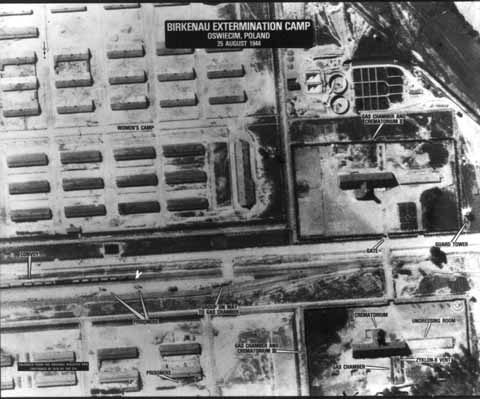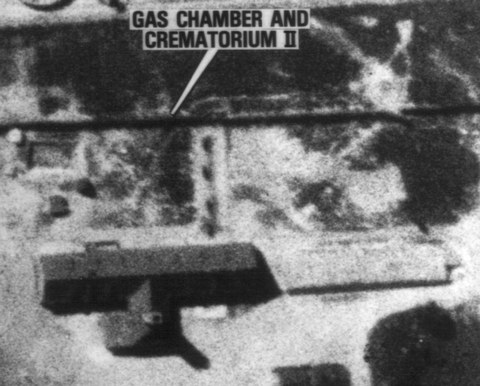Holocaust Denial Or Revisionism?

A revisionist or an outright liar?
That, in essence, was the question brought to one of England’s highest courts regarding the views about the Holocaust by David Irving, author of some 30 history books on World War II.
Professor Deborah Lipstadt, an American Holocaust historian, had written a book about Holocaust denial, and included Irving in her list of deniers. Irving’s reputation as an historian was at stake, he felt, and sued her in a British court for libel.
The trial had ramifications far beyond personal reputations. At stake was history itself. Irving, for instance, claimed, “There were no gas chambers in Auschwitz,” and that the mass murders of Jews in the death factories of Auschwitz, Majdanek and Treblinka was a “myth… which in fact never took place.”
His claims buttressed the battle cry of anti-Semites worldwide, from white supremacists in the West to Arab/Islamists in the Middle East, including the President of Iran.
After a long and highly publicized trial the judge issued his ruling on April 11, 2000. His conclusion was unequivocal: “[F]or his own ideological reasons [Irving] persistently and deliberately misrepresented and manipulated historical evidence…. [He was] an active Holocaust denier… anti-Semitic and racist….”
In other words, Irving was not an historian with an alternate view on the Holocaust, but an outright denier.
How did Irving have the temerity to claim there were no gas chambers at Auschwitz? Two of his points were: not enough evidence for use of Zyklon B poison gas and no holes in the roofs of the gas chambers at Auschwitz to drop in the poison pellets.
The first claim was based on the research of a German-American who went to Auschwitz and scraped some concrete from two different rooms: where Jews were gassed and where clothes were fumigated. (Zyklon B was first used to kill vermin on clothes.) A chemist found that there was a much lower level of Zyklon B in the chamber where people were killed. This indicated, the researcher (and Holocaust deniers) concluded, that Zyklon B wasn’t used against people.
However, they were wrong, because rodents are actually more resistant to the poison. Therefore, it actually took more gas to kill them than people.
Irving’s second claim, that there were no holes in the roofs, was aided by the fact that the Nazis blew up the gas chambers just before abandoning Auschwitz-Birkenau. However, a confluence of evidence proved otherwise.
First, eye-witnesses, including perpetrators (captured Nazis) and victims (e.g. Sonderkommandos), testified seeing the holes and SS soldiers dropping Zyklon B gas pellets inside. Second, architectural documentation emerged of how, for instance, the Nazis changed the Auschwitz morgue into a gas chamber, including putting in new doors that swung out and changing chutes (for sliding in dead bodies) into stairs (so people could walk down).
There is also evidence from a US reconnaissance flight over Auschwitz on August 25, 1944

which shows the Zyklon B introduction chimneys clearly visible on the roof as four dark squares staggered side to side down the length of the room.

In short, historians have a confluence of evidence to prove the existence of the gas chambers (as well as other things about the Holocaust). Of course, hardened anti-Semites are unlikely to change no matter how substantial the proof. But many people are neutral or don’t know any better. They see that David Irving wrote many books, is considered a historian, and might think his view is merely revisionist.
It is not. It is a deliberate falsification.
(Further Reading: History On Trial by Deborah Lipstadt.)
Subscribe to our blog via email or RSS to get more posts like this one.
Posted in:
Jewish Beliefs & Philosophy;
Jewish History
by
Yaakov Astor
![]() September 12, 2012
September 12, 2012


